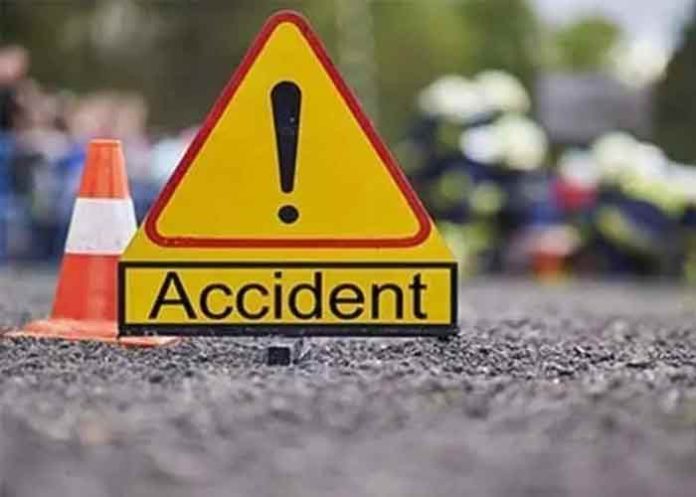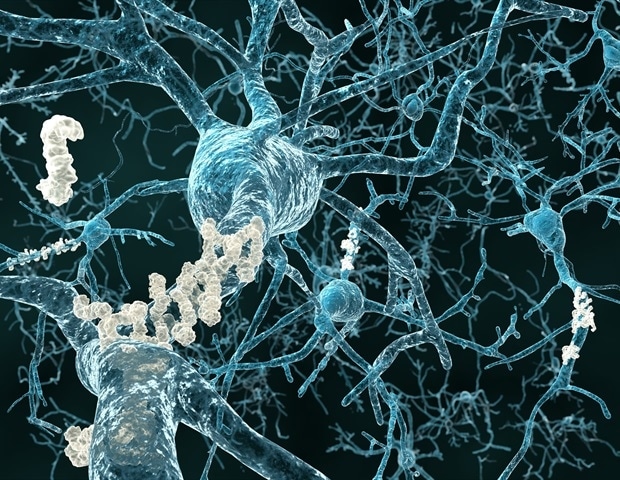
IF every toilet trip has you straining and struggling, it could lead to health problems in the future. Many of us don’t even realise we are straining - if you admit to scrolling on your phone while pooing , for example, you could be at risk. Advertisement 4 Scrolling while on the toilet? You shouldn't be hanging around on the loo- a toilet trip should be swift and easy Credit: Alamy 4 Makeda says: “Although many of us have experienced straining to defecate at some point in our lives, we are not designed to strain.
“Our body is a network of tubes and vessels that are designed to allow substances (in this case poo or waste) to flow through them. “When poo stops flowing or slows down considerably, a problem tends to develop.” So how, exactly, should it feel to ‘go’? Brace yourself for some pretty grim chat.

.. Advertisement Read more on toilet habits BACKSIDE STORY What your BUM can reveal about health from 'silent killers' to back pain SPOT CHECK The 5 bowel cancer symptoms Dame Debs wanted everyone to know - after NHS win Makeda Hemans , a colon hydrotherapist, says that poo should glide out, with ease.
” You shouldn’t even have time to open Instagram or TikTok for a scroll. “It should be a Type 3 or 4 on the Bristol Stool Chart, AKA, smooth sausage-like .” The Bristol Stool Chart was created by scientists to show people exactly what their poo should look like.
Advertisement Most read in Health Exclusive ANGEL My sister, 37, died suddenly from a terrifyingly common condition I'd never heard of REMARKABLE Dad, 43, blinded in acid attack 'may see again' thanks to unlikely donor organ ‘ABSOLUTE AGONY’ Watch horrifying moment bodybuilder's pec muscle is RIPPED from his bone THE OTHER SIDE Spike in brain activity in dying patient evidence of ‘soul leaving body’ It’s enough to make you squirm - Makeda says straining over long periods can lead to anal fissures, which is a tear in the end section of the anal passage. Plus Makeda says that rectal prolapse is a possibility. I’m a doctor - here’s what it means if your poo looks like a caterpillar.
.. and the food item it SHOULD look like- “Basically your rectum shifts out of place or falls out of your anal passage,” she says.
Carolina Goncalves, Superintendent Pharmacist at Pharmica adds: “Straining puts quite a lot of pressure on the blood vessels around the rectum. Advertisement “This can cause them to become swollen and inflamed, plus the increased pressure weakens the walls of these blood vessels, which might cause them to bulge outward and form haemorrhoids or make existing ones worse. “Frequent straining can also weaken the pelvic floor muscles.
” Why are you straining? Straining could be a sign of an underlying problem, usually chronic constipation . “This needs to be addressed to avoid more serious complications down the line,” says Carolina. Advertisement “Chronic constipation can occur if your diet lacks sufficient fibre ; this is crucial for adding bulk and softness to the poo by absorbing water and helping it move smoothly through the intestines.
” Underlying health issues, such as irritable bowel syndrome (IBS), a thyroid disorder or other gastrointestinal conditions can also cause constipation. Not drinking enough water can lead to dehydration which can make your stool hard and difficult to pass. Carolina says: “A lack of physical activity slows down intestinal transit time by reducing the rate of muscle movements that push stool through the colon, which in turn can contribute to constipation.
” Advertisement Want to know how fast your gut transit time is? Find out with this simple test. Carolina says: “If you find yourself constantly straining, don’t ignore it. Seek medical advice to pinpoint and address the root cause.
" Remember to be aware of symptoms of bowel cancer, which often show up in our toilet habits and although embarassing, should never be ignored. Signs are bleeding (from the bottom, on the toilet tissue, in the stool) and an obvious change in your bowel habits, such as going more or less frequently or feeling like you haven't emptied. Advertisement Weight loss, extreme tiredness, a lump or pain are also signs.
The stop-the-strain techniques While you work on easing constipation in the long-term, there are some things you can do in the short-term to get things moving...
Feet on a high stool Elevating your feet on a high stool whilst you sit on the toilet, such as a small step or a special toilet stool, mimics a squatting position. Caroline says: “This posture straightens the rectum more effectively, to make it easier for your stool to move through with less effort. Advertisement “It also lowers abdominal pressure, which helps prevent strain on the muscles and blood vessels in the rectal area, decreasing the risk of developing haemorrhoids .
” Research has also found that the squat position makes it easier for people to empty their bowels more quickly compared to traditional sitting, while also minimising the need to strain. Don’t want a stool hanging around your bathroom floor? “You can achieve a similar effect by bending your knees and hips deeply while sitting on the toilet,” suggests Carolina. Advertisement 6 potential risks of straining to use the loo Anal fissure: Small tears in the lining of the anus which can be very painful and may cause bleeding during or after bowel movements.
Rectal prolapse: When part of the rectum protrudes through the anus when the muscles that support the rectum weaken. Haemorrhoids (piles): Straining increases pressure in the rectal veins, which can lead to the development or worsening of haemorrhoids. Haemorrhoids can cause pain, itching, bleeding, and discomfort.
Weak pelvic floor: This could lead to difficulty controlling bowel or bladder movements, or incontinence. Rectocele: When the rectum bulges into the vagina wall due to weakened supporting tissues. Hernia: Straining increases pressure in the abdominal area, which can cause part of the stomach to bulge through the diaphragm into the chest cavity.
4 A toilet step puts the body into a position that is more natural for using the toilet, which should help with bowel movements Credit: Getty Blowing bubbles Yes, it sounds bizarre. But blowing bubbles into a drink or empty straw may help you ‘go’. “At its core, this is a breathing technique that engages the diaphragm and abdominal muscles, promoting relaxation and reducing the need to strain,” says Carolina.
She adds that this helps your pelvic floor relax and changes the abdominal pressure, encouraging both your bladder and bowels to empty. Advertisement “It’s more of a relaxation technique, and while it may help reduce some strain, it may not be a solution for everyone with constipation,” adds Carolina. Pelvic floor clench and relax Pelvic floor exercises are renowned for helping reduce incontinence , but can they help overcome straining? Carolina says: “Practising pelvic floor exercises involves tightening the muscles you use to stop the flow of urine for a few seconds, then relaxing them.
“Repeating this cycle several times before and during bowel movements helps strengthen these muscles, providing better support and making bowel movements easier and more controlled.” Advertisement There’s an added bonus - improving pelvic floor strength may help your sex life, research has shown. Women who have a strong pelvic floor also have an increased libido and more sex , studies suggest, while the opposite is true for those with weaker muscles.
What’s more, during sex, the pelvic floor muscles contract and relax which contributes to arousal. It’s always a good idea to work your pelvic floor muscles but Caroline says if you are struggling with severe constipation or specific gastrointestinal conditions, it may not be the solution. Advertisement Sitting with one ankle over your knee On the floor, this stretch helps to ease tight muscles in your butt.
But on the loo, it could help to open your pelvic area and align the intestines for "easier stool passage", according to Carolina. “This act of leaning forward helps reduce the pressure on your lower abdomen, which can decrease the need to strain.” This may be a more challenging move if you have joint issues or limited flexibility.
Advertisement Increase your fibre to help with regular poos By slowly increasing the amount of fibre you eat, whilst also drinking two to three litres of water a day, you could help to reduce your chances of constipation. Turn to whole grains, colourful fruits and vegetables, nuts, seeds and beans. Think about getting fibre in every single meal.
Makeda suggests also including more water-dense fruits and vegetables into your diet. Think carrots, beetroot, cucumbers, apples and celery. She says: “The fibre in these foods acts like a broom and the water washes it down.
“Adding ground flax seeds to your yoghurts, smoothies, soups and salads can help massively to increase your fibre too.” Chia seeds are also great, but Makeda warns that they don’t dissolve and the overuse of unground chia seeds may not do much to help your straining and constipation. “They stick to the stagnant poo making constipation worse.
Instead, powder your seeds in a blender before adding them to food as they’ll digest better and you’ll poop easier.” She adds: “Using bitter foods and/or bitter herbs can help to stimulate bile production which can work as a natural laxative too.” Deep breathing The way we breathe has been shown time and time again to have an influence on our stress and mood.
Plus, studies have found that breathwork can help relieve anxiety. Makeda explains: “Breathe deeply, in through the nose and out through the mouth in an ‘O’ shape. “Take long, strong exhales when gently bearing down as this relaxes the muscles in the pelvic floor and makes pooing easier.
Advertisement Read more on the Scottish Sun LAST ORDERS Iconic Scots fizzy drink set to disappear from shelves AGAIN after huge revival HIDDEN GEM Inside church dubbed Scots 'Sistine Chapel' with stunning floor-to-ceiling art “It may take some practice, but it’s a great bowel habit to have!” Carolina adds that deep breathing activates the parasympathetic nervous system, which ‘promotes relaxation’. 4.















